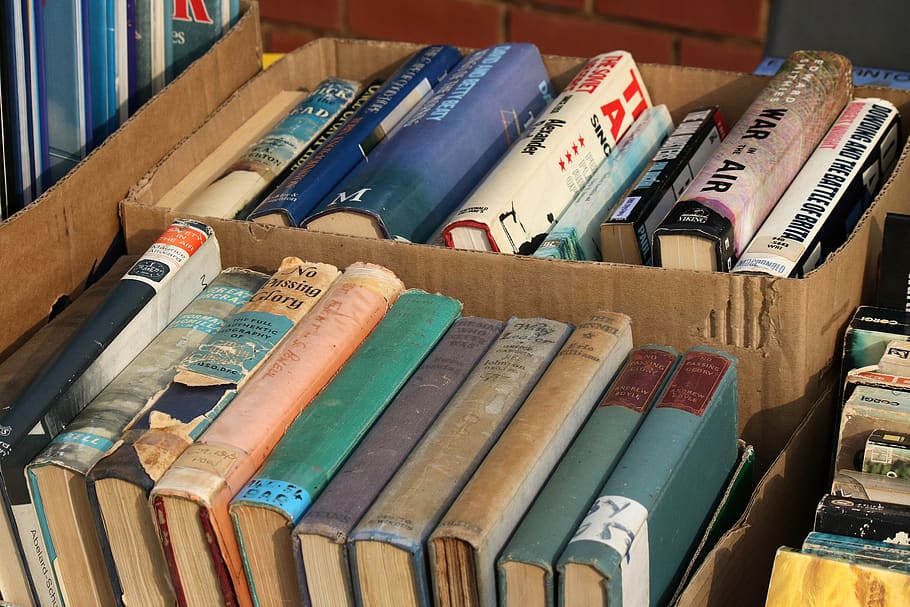The Rise of Second-hand Clothing
Second-hand clothing has been on the rise in the recent years, but in the next 2-5 years it’s forecasted to increase exponentially. The second-hand clothing market is projected to grow up to $51 billion in the next five years. As the market increases, big box retailers see the potential of adding second-hand clothing into their stores.
One third of Generation Z is expected to purchase second-hand clothing and is one of the main drivers of this growth. Another important factor is related to women, who have become more comfortable shopping at Thrift stores. The increase in demand and awareness of vintage clothing have improved their overall comfort level.
Even through the pandemic, the second-hand market has continued to increase. Consumers are becoming more aware that even animal-free and all-natural products have many environmental consequences. For instance, according to National Geographic, 2700 liters of water are needed to make just one cotton shirt. This is just one of the many reasons why it is expected that consumers will turn away from Fast Fashion and turn to Vintage and Second-Hand Fashion in the years to come.
Do you have Books?

Thrift stores in North America usually put the books coming from donations along with bric-brac, which is usually packaged in gaylords. This is a terrible mistake, since the end market for bric-brac is totally different than that of books.
This causes a drop in price for the bric-brac loads. However, if the books were to be removed, it would increase the price and it would provide second-hand books to be sold at a wholesale level. Which means that not only would there be an increase in revenue from the bric-brac, but it would provide a new stream of income from the sales of the books.
There is so much potential for these books, both hardcover and paperback; and many people do look for book loads specifically. It is important to note that only hard cover and paperbacks should be included in the book load. This excludes any magazines, encyclopedias, damaged books, DVDs, CDs and any books that are volumes in a series.
To learn more about how to properly create a book load, contact us.







